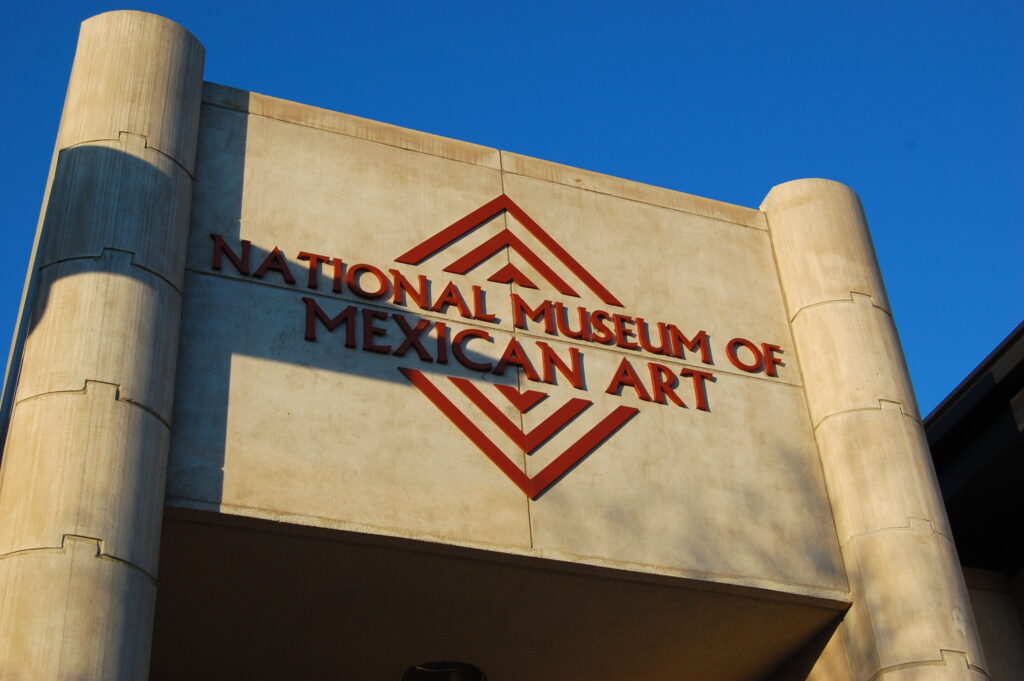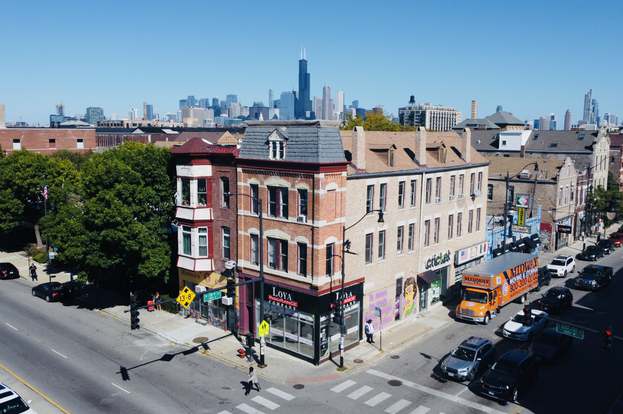Lower West Side, Chicago: A Vibrant Community
Lower West Side, Chicago, is a community area known for its rich history, diverse population, and thriving arts scene. This engaging neighborhood is a melting pot of culture, offering an eclectic mix of Victorian architecture, Mexican bakeries, and sprawling murals.
Dominating the west side of Chicago, the Lower West Side community area lays just three miles southwest of the bustling Chicago Loop. Its main neighborhood is Pilsen, teeming with Victorian solid brick homes that reflect the community’s rich architectural heritage. The Heart of Chicago, another notable neighborhood, nestles in the southwest corner of the Lower West Side.
The community covers a total area of 2.80 square miles and sits at an elevation of 594 ft. Parts of ZIP Codes 60608 and 60616 define its postal boundaries. The community is a part of Cook County, within the state of Illinois.
Historical Background
The Lower West Side has a history that’s as diverse as its population. In the late 19th century, the area was initially settled by German, Polish, Italian, and Czech immigrants. The most prominent among these were the Czech immigrants who named the district after Pilsen, the fourth largest city in the Czech Republic.
The early settlers lived in crowded conditions, dealing with flooding, lack of indoor plumbing, and disease outbreaks. As living conditions improved, the population diversified, with the arrival of other ethnic groups from the Austro-Hungarian Empire.
In the late 1960s, the Lower West Side saw a significant increase in its Hispanic population. Today, the Mexican-origin population forms the majority, contributing to the area’s vibrant culture and community life.
Demographic Profile
As of 2020, the neighborhood is home to 33,751 residents. The population is mainly Hispanic (68.3%), with Whites (22.3%), Asians (4.5%), and Blacks (3.1%) forming the minority. The community is relatively young, with a median age of around 30 years.
Neighborhoods and Historic Districts
The Lower West Side encompasses two neighborhoods; Pilsen and Heart of Chicago. These neighborhoods also include several historic districts like the Schoenhofen Brewery Historic District, part of the Cermak Road Bridge Historic District, and part of the Chicago Sanitary and Ship Canal Historic District.
Pilsen, the main neighborhood, is a historically working-class residential area and has long been a gateway for immigrants. In 2006, Pilsen Historic District was listed on the National Register of Historic Places.
Street Art and Culture
The Lower West Side, and particularly Pilsen, is known for its vibrant street art. Murals adorn the neighborhood, showcasing the history, culture, and community of the area. The east side of the neighborhood, along Halsted Street, is one of Chicago’s largest art districts, and the area is home to the National Museum of Mexican Art.

Cuisine
The Lower West Side is a culinary delight, offering authentic Mexican cuisine in a plethora of restaurants. The authenticity of the food is attributed to the strong Mexican influence in the area.
Transportation
Public transportation in the Lower West Side is provided by the Chicago Transit Authority and Metra. The area has several train stations and bus routes, providing easy access to other parts of the city. The Stevenson Expressway also has exits at Damen Avenue and Ashland Avenue on the Lower West Side.
Education
The Lower West Side hosts several educational institutions, including the Benito Juarez Community Academy and Thomas Kelly High School. The area is part of the Chicago Public Schools system, providing quality education to its residents.
Noteworthy Residents
The area has been home to several noteworthy residents, including Anton Cermak, the 34th Mayor of Chicago, and George Halas, the coach and owner of the Chicago Bears.
The Lower West Side of Chicago is a community rich in history, culture, and diversity. From its bustling art scene to its authentic cuisine, the area offers a unique blend of experiences that make it a vibrant and dynamic part of the city.


